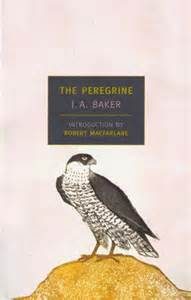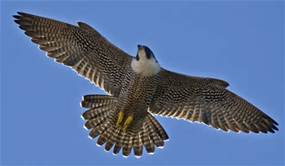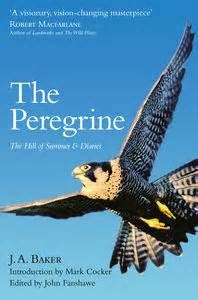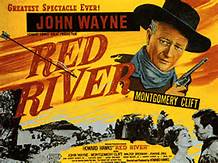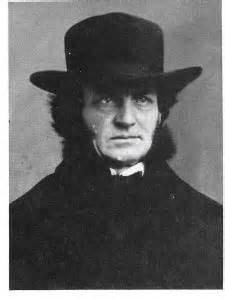 June already, moon and croon, the peepers singing their tune in the trees, the understory, the pond, ubiquitous and to my untrained ear, only slightly melodic, but my iota of biological understanding insinuates they’re saying their names, or some version of “me, here, now, wow!” June, so the miniscule amphibians put me in mind of Emily Dickinson’s “I’m Nobody” poem:
June already, moon and croon, the peepers singing their tune in the trees, the understory, the pond, ubiquitous and to my untrained ear, only slightly melodic, but my iota of biological understanding insinuates they’re saying their names, or some version of “me, here, now, wow!” June, so the miniscule amphibians put me in mind of Emily Dickinson’s “I’m Nobody” poem:
I’m Nobody! Who are you?
Are you – Nobody – too?
Then there’s just the pair of us!
Don’t tell! They’d advertise – you know.
How dreary – to be – Somebody!
How public – like a Frog –
To tell one’s name – the livelong June –
To an admiring Bog!
(J # 260)
Context aside, sounds to me like she’s warning us about the perils of Facebook posting – maybe she means “admiring Brag” – though I admit to seeing the advantages of social media if you’re trying to sell something, plan a big party, cast a glamour over your readers (“friends” and fiends alike) or overthrow a country. Her first stanza seems whispered, conspiratorial, and even paranoid. Or mock-paranoid. The children’s secret game under the draped dining table, and a search for some small society to select before shutting the door. Comfort in numbers, if the number is two. If the anonymous They gets wind of the secret emptiness of being Somebody (as in: “that loud guy with the weird hair, red cap and flashy suit, surely he’s Somebody!) they’ll be eager to handle mad subversives with a chain (and off to the brig). It’s divine sense to keep such secrets, herkos odonton, as the Greeks put it, figuratively “behind the teeth.” Silence is golden (but the duct tape is silver).
But perhaps worse than being found out to be Nobody is the sentence to be Somebody. Be and say and yammer-yammer-yellowhammer night and day screaming for attention like the kid doing wheelies in the driveway. But what’s the penalty for celebrity? Celebrity. Pretty (midnight) dreary business, likely to lead to delusion and hubris. The croaking frogs of Aristophanes find anonymity in their surge, become one entity, the Borg, the Balrog, if not the Bog (or the morphing green being from Steve McQueen’s early film The Blob). Now I’m aware that Dickinson is usually above naked sarcasm, but that admiring (which might seem the cousin of the advertising in stanza one) bog (or even blog!) is probably sneering and smirking behind the parlor flirt’s lace fan, if only because the grenouille chorus is competing with all the myriad choruses of the other self-namers. The result is a cacophony of selfies, a clustercroak of memes and memoirs and “je suis-je suis.” And, admittedly, I have an account (however dormant) and am not qualified to cast the first stone, though I’m not disassembling my cairn, just in case.
Perhaps E.D. has foreheard Steinbeck over half a century later saying, “Writers should be read, not heard.” Or even herd, I suspect.
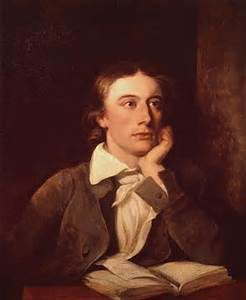 Or perhaps she’s suggesting that she’s not anybody finite and specific, in concord with a practice (and feat) Keats explained in a letter to Ben Bailey (which E.D. could not have read, as it was, well, confidential for decades). It’s that negative capability business: “. . . if a sparrow come before my Window I take part in its existence and pick about the gravel.” Not just projection or imagination, but something more magical, maybe Kafkaesque. I’m sure a few have the gift of such radical identification in which moments of transformation occur. Keats and Dickinson seem candidates who make their art not quite by liking or sharing but by committing a fervent attention to the Other so consuming that those two poets are safe from falling in with the mobile vulgus. Better a singular startling sparrow fully occupied in survival than a host of frogs at their revival hymning their “come hither” and credentials.
Or perhaps she’s suggesting that she’s not anybody finite and specific, in concord with a practice (and feat) Keats explained in a letter to Ben Bailey (which E.D. could not have read, as it was, well, confidential for decades). It’s that negative capability business: “. . . if a sparrow come before my Window I take part in its existence and pick about the gravel.” Not just projection or imagination, but something more magical, maybe Kafkaesque. I’m sure a few have the gift of such radical identification in which moments of transformation occur. Keats and Dickinson seem candidates who make their art not quite by liking or sharing but by committing a fervent attention to the Other so consuming that those two poets are safe from falling in with the mobile vulgus. Better a singular startling sparrow fully occupied in survival than a host of frogs at their revival hymning their “come hither” and credentials.
Exhausting, all this psycho-musical analysis and mischief, but fortunately we’re approaching not livelong but liveshort June (just 30 twilights), and by the way, where I live there’s a great shoal of cicadas due to celebrate another seventeenth this year, beginning some night soon. That should drown out the public frogs, but where does that leave Nobody? Maybe hidden among the nothing that isn’t there.
[Nota bene: C. Manson also quoted D.’s opening to this poem. So, the Devil can cite . . . .]
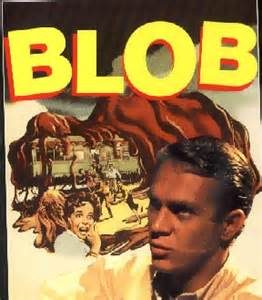
There, I’ve once again said more than I know.


